Inside North Korea: a pastel mirage of sci-fi architecture

In a globalised world, the Democratic People’s Republic of Korea is utterly unique. Hermetic, heavily censored, and dominated by the cult-like image and ideology of the Supreme Leader, the Juche nation has become more open to tourists in recent years—but only on guided tours.
In a new book by architecture and design critic Oliver Wainwright – Inside North Korea – the world’s most secretive country is explored in photographs (also taken by Wainwright) of its architecture, sports grounds, museums, theatres and public monuments, most of them eerily empty and unanimated. The somewhat morbid attraction abroad to North Korea and the idea of the Hermit Kingdom as what he describes as ‘fascinating stage set’, is at odds with its deeply controversial politics and human rights violations.
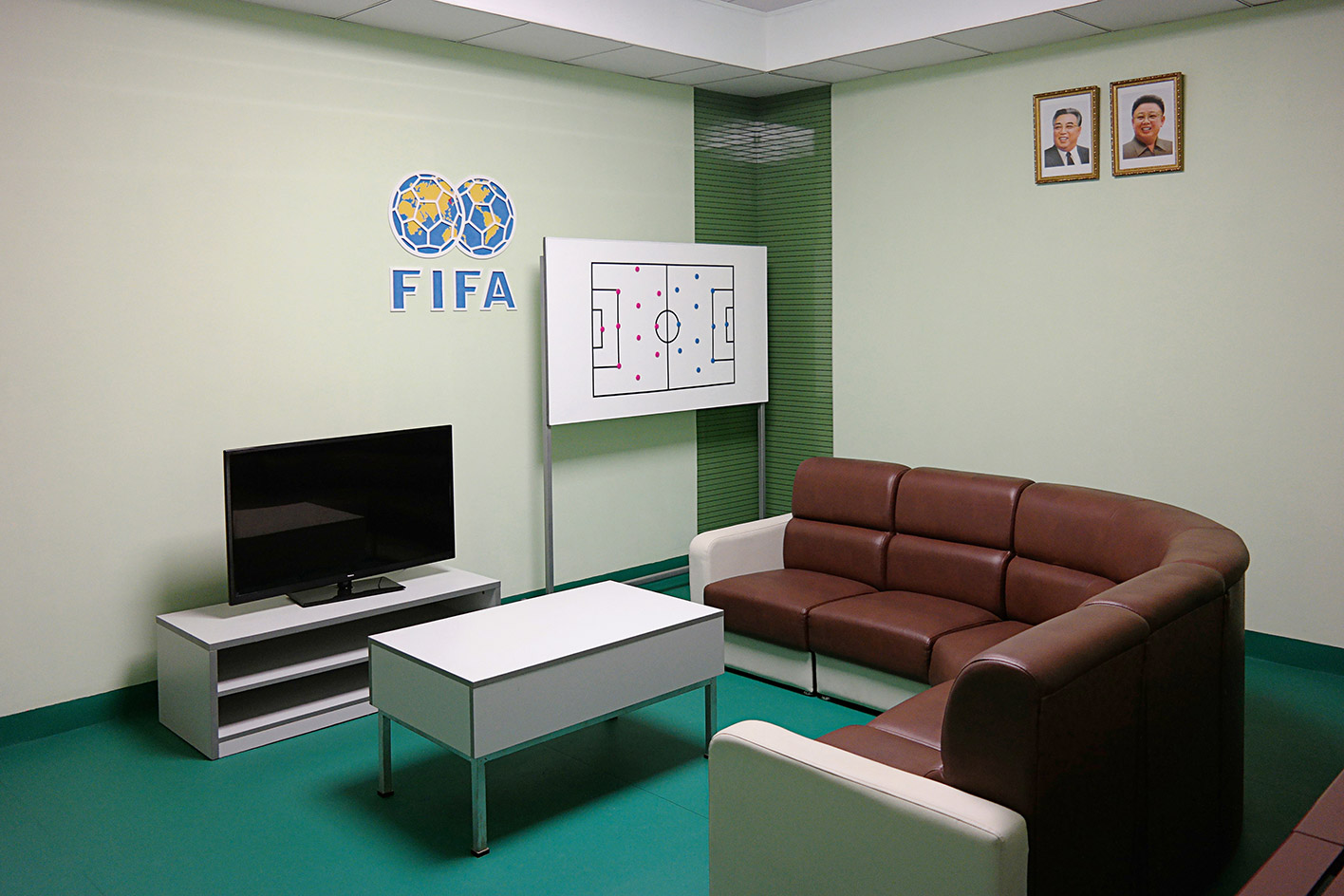
The recently renovated support rooms of the Rungrado May Day Stadium embody the essence of the current North Korean interior aesthetic. Built in 1989 and used for the Mass Games performances for years, the stadium reopened in 2015 with a new football pitch and running track, as well as the addition of the FIFA and Olympic logos. Courtesy of Taschen
Wainwright conjures a picture of North Korea you might not expect: he writes of a visit to Pyongyang in 2015 and encountering its pastel-coloured cityscape for the first time; he notes the nature-oriented planning of the city, built from scratch in 1953, surprising for a Soviet city. Other surprises are glimpses of the striking exteriors of the Pyongyang Circus; the Rungna People’s Pleasure Ground, a theme park completed in 2012 offering a mini-golf course, swimming pool and 4D cinema with moving seats; and the Yanggakdo International Hotel, with its bowling alley and sauna, and over 1,000 rooms for foreign guests.
Despite the ethics of celebrating these government sanctioned buildings, the book draws you in to the sci-fi beauty of the distinct North Korean aesthetic. ‘Architectural space must be composed to ensure that the leader’s image dominates all the elements of the space, and that all the architectural components throw the leader’s image in bold relief,’ declaimed King Jong Il.
With principles such as these, the buildings and their interiors are a conditioned kind of architecture, designed with one person in mind – and this is the version of ‘inside North Korea’ that a guided tour in the country will allow. As Wainwright reminds us, in such a controlled and isolated environment, there is possibly far more to see than meets the foreign eye.
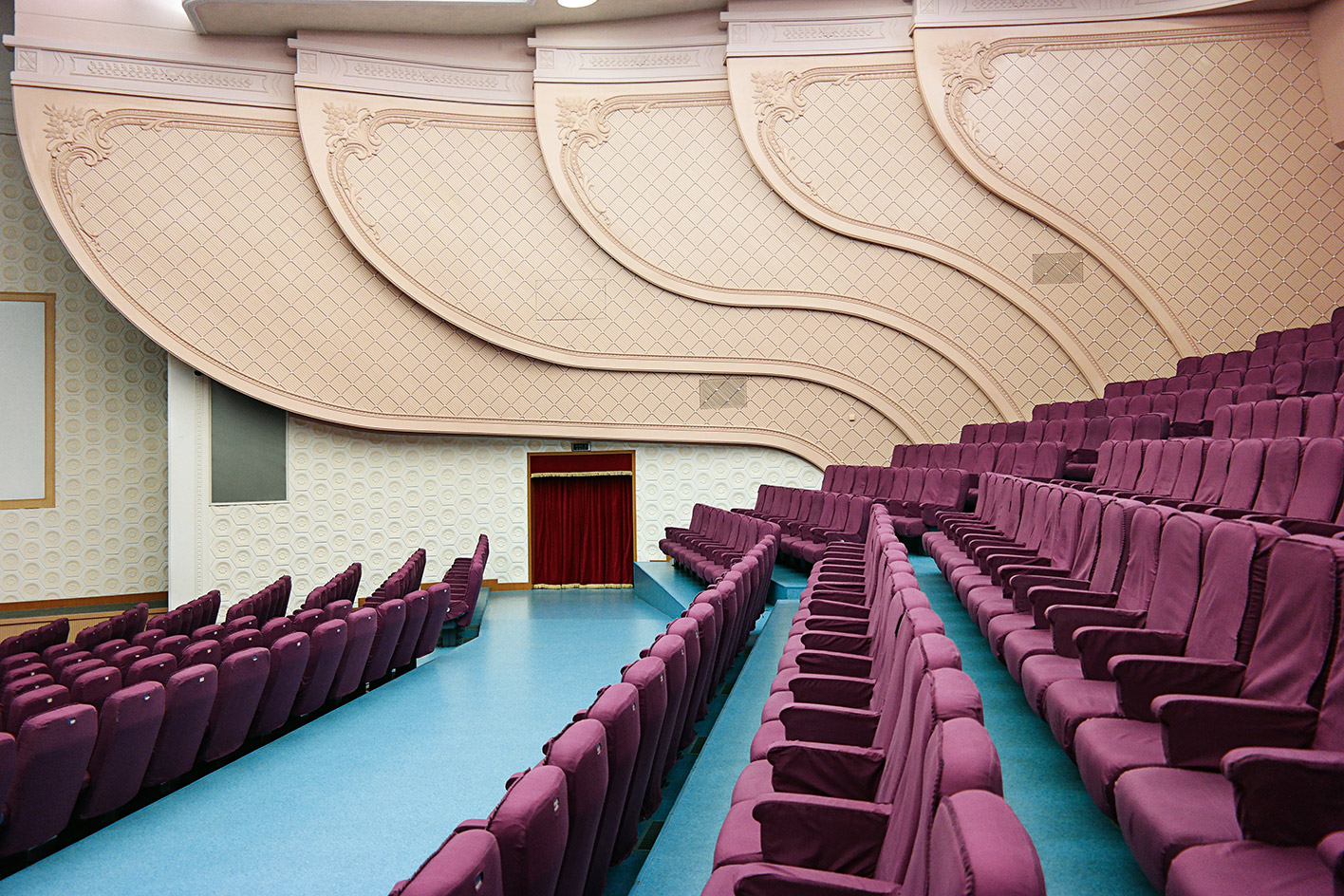
An interlocking composition of two buildings, one semicircular, one rectangular, the East Pyongyang Grand Theatre from 1989 houses an auditorium with an audience capacity of 3,500, along with dozens of rehearsal rooms. Renovation in 2007 saw the lobby fitted with plaster mouldings, highly polished stone tiles and a huge relief mural on the wall, while the theatre was decorated with scalloped peach-coloured walls, purple-upholstered seats and a bright-blue vinyl floor. Courtesy of Taschen
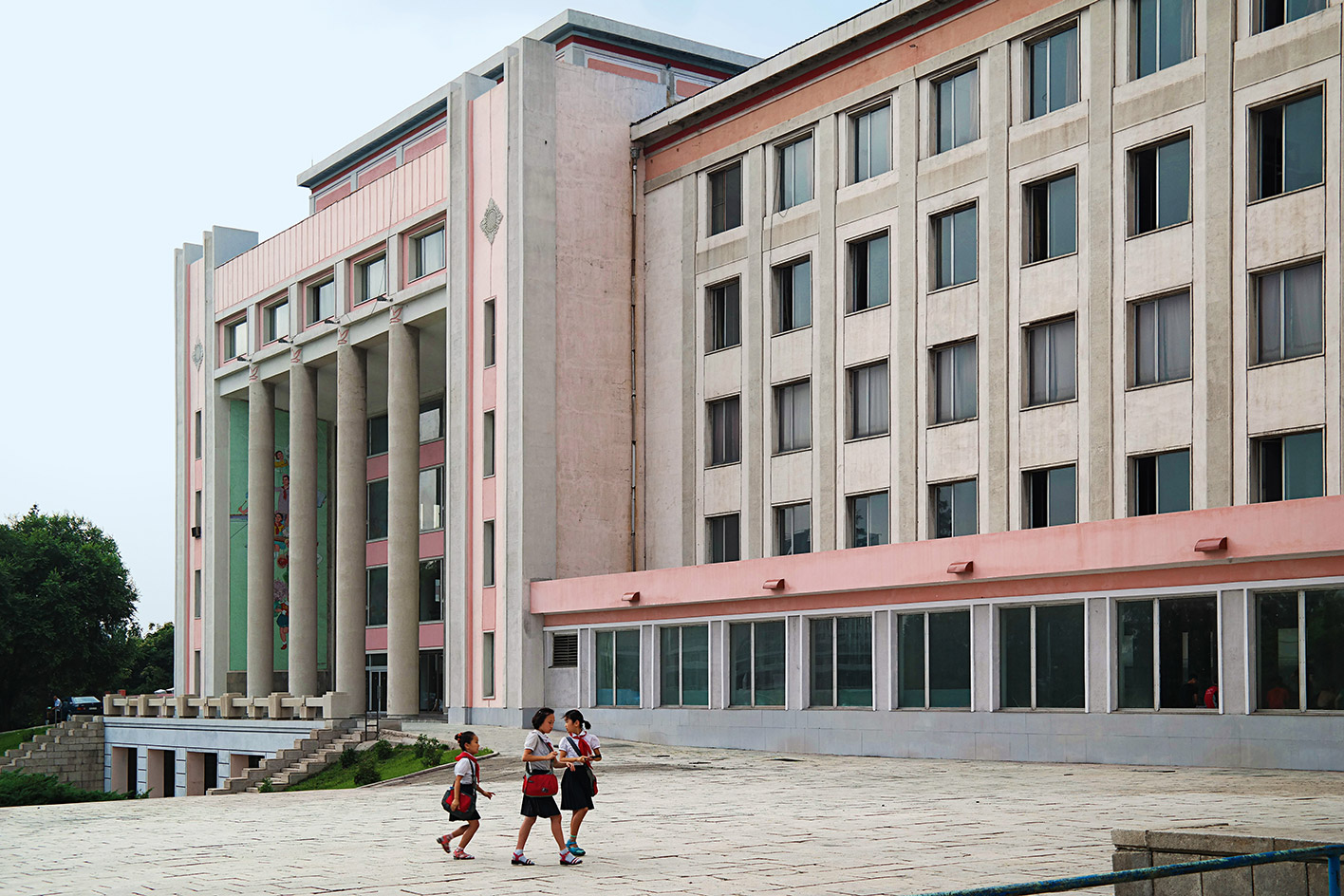
With 500 rooms covering an area of 50,000 sq m, the Students’ and Children’s Palace was built in 1963 as a place for extracurricular activities after school, with a 1,000 seat theatre, an indoor stadium, library and rooms for science, literature, art, industry and agriculture. Courtesy of Taschen
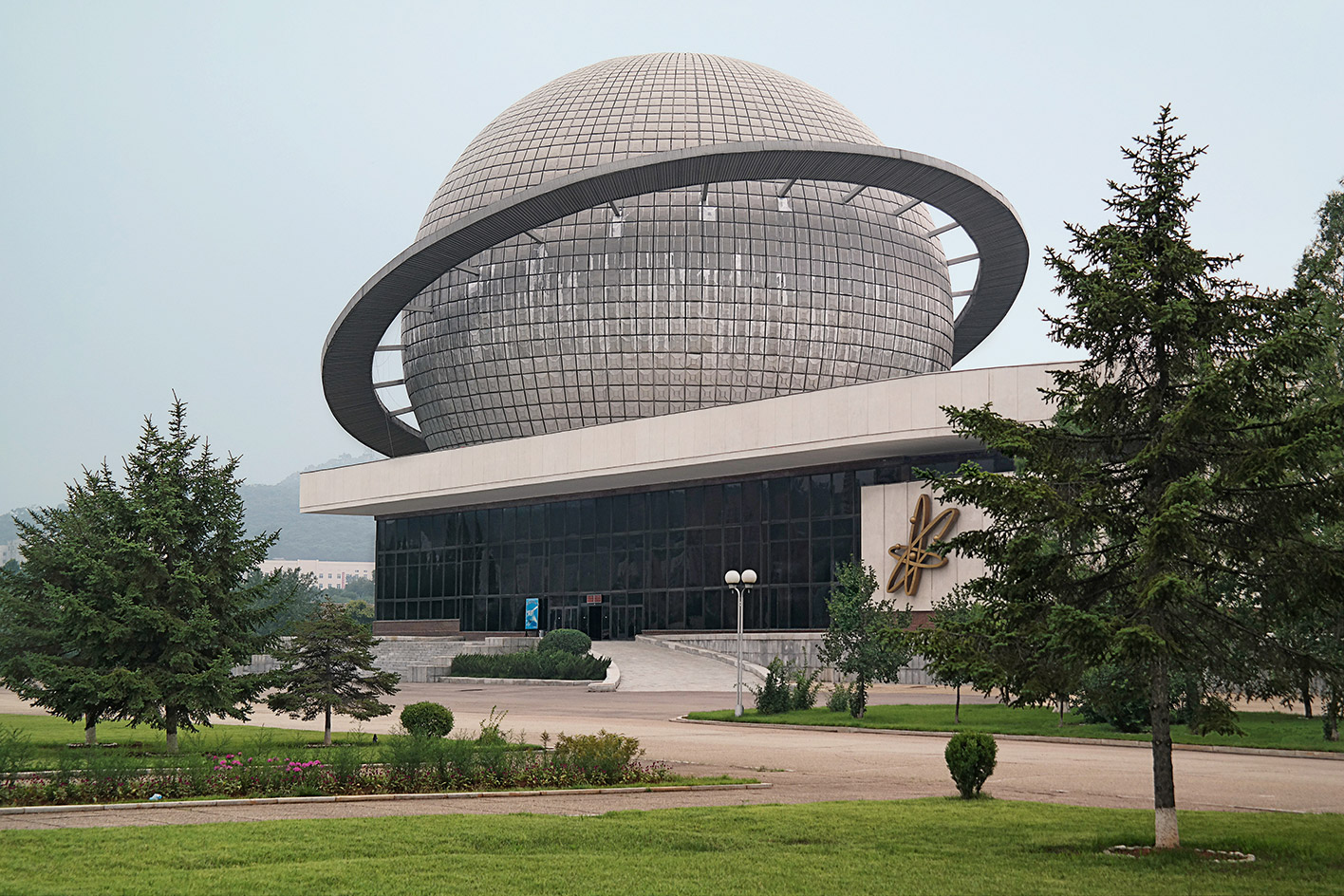
The planetarium forms part of the Three Revolutions Exhibition park, a grand campus built in 1992 to showcase the ideological, technological and cultural achievements of North Korea, from heavy industry and mining to agriculture and electronics. Courtesy of Taschen
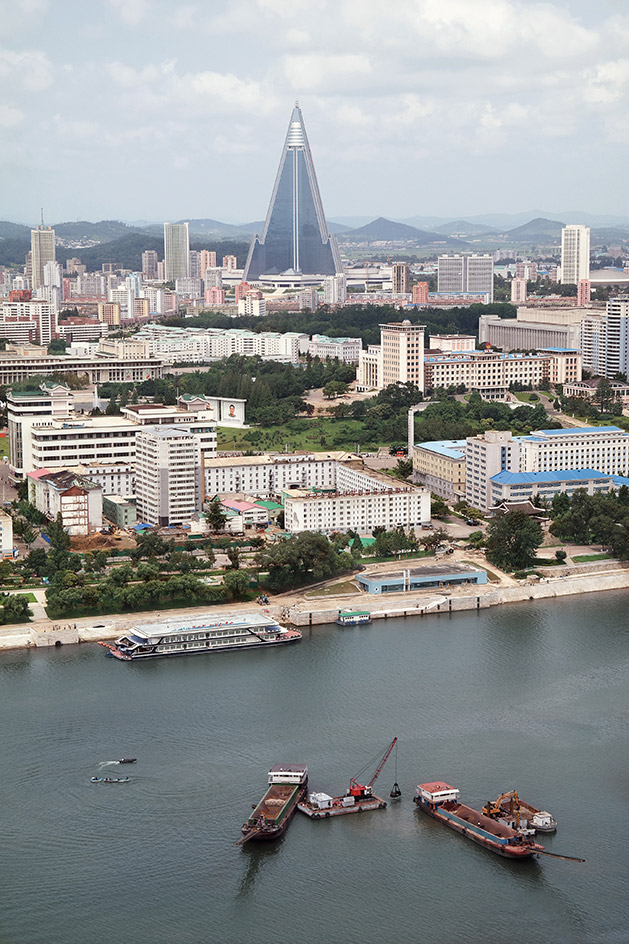
Begun in 1987 but still unopened, the Ryugyong Hotel was intended to house 3,000 bedrooms and five revolving restaurants. It stood on the Pyongyang skyline for years as a concrete carcass, nicknamed the ‘hotel of doom’, but was finally clad with mirrored glass in 2012 as part of a deal with an Egyptian telecoms company. Courtesy of Taschen
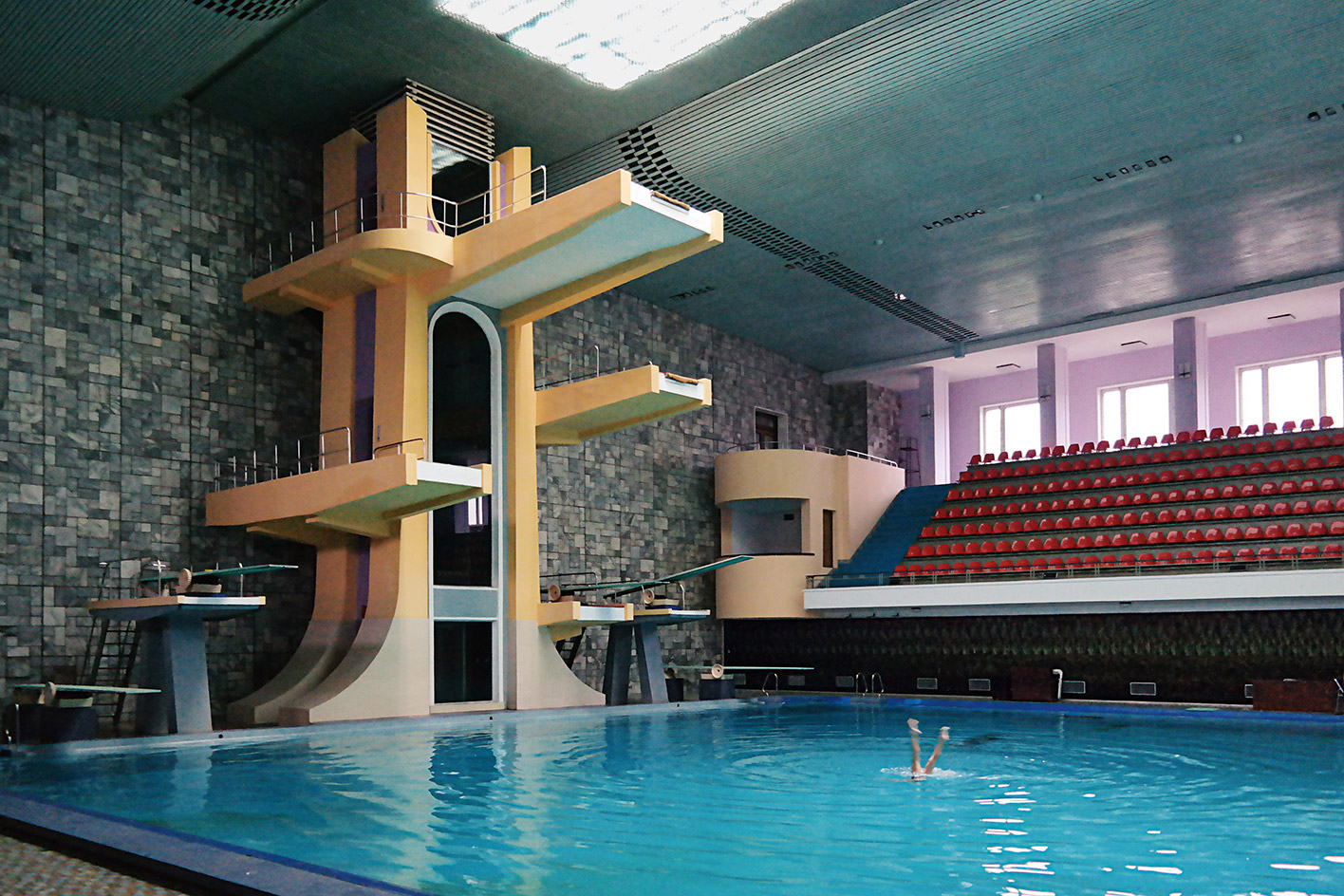
The Changgwang Health and Recreation Complex was the city’s flagship health centre when it opened in 1980. Covering an area of almost 40,000 sq m, it contains a sauna, bathhouse, swimming pools and hair salons. In a futuristic touch, the diving boards are reached by a mechanical elevator in a shaft faced with smoked glass. Courtesy of Taschen
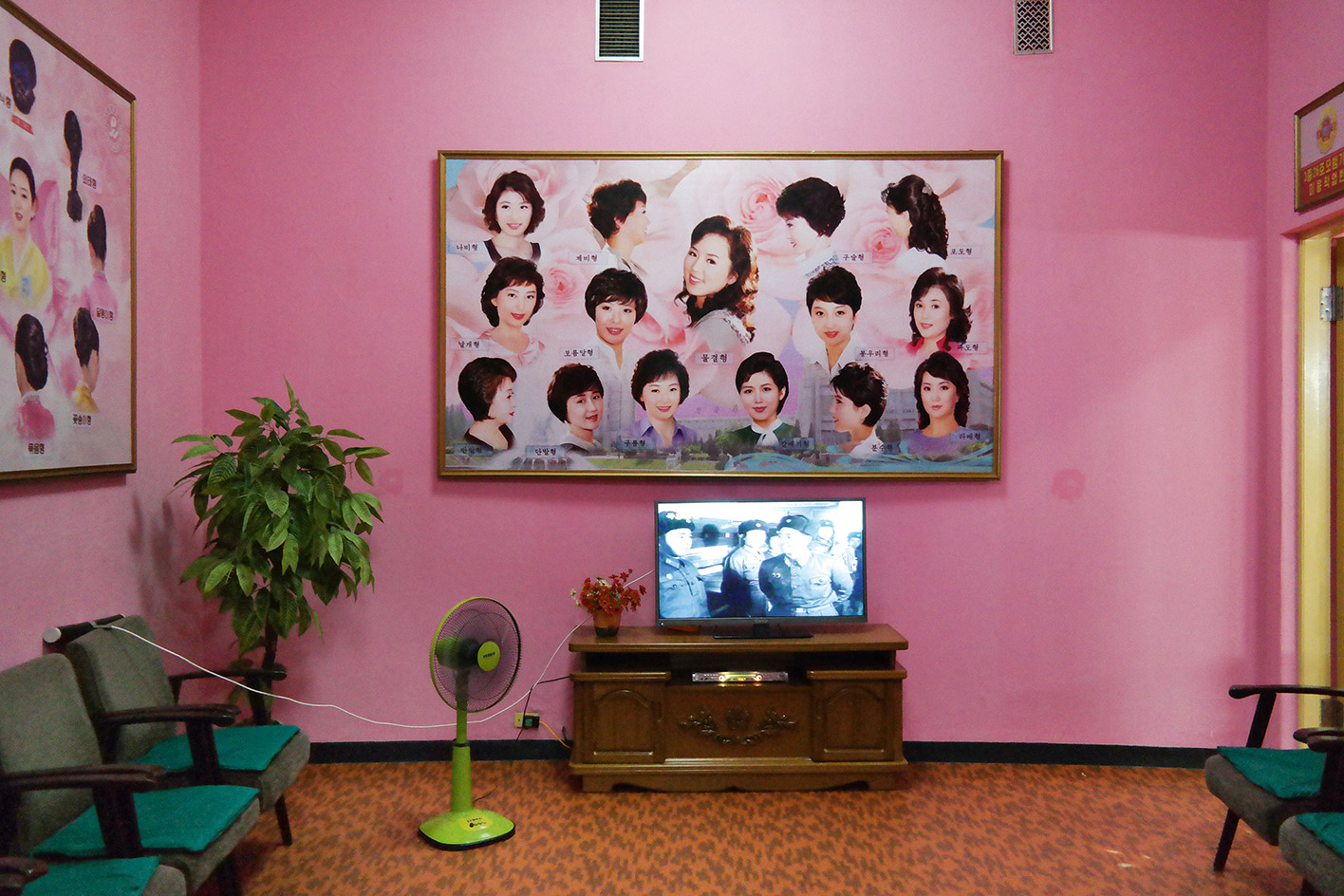
The hair salon at Changgwang Health and Recreation Complex, where customers can choose from a range of officially sanctioned haircuts. Courtesy of Taschen
INFORMATION
Inside North Korea, £40, published by Taschen
Receive our daily digest of inspiration, escapism and design stories from around the world direct to your inbox.
Charlotte Jansen is a journalist and the author of two books on photography, Girl on Girl (2017) and Photography Now (2021). She is commissioning editor at Elephant magazine and has written on contemporary art and culture for The Guardian, the Financial Times, ELLE, the British Journal of Photography, Frieze and Artsy. Jansen is also presenter of Dior Talks podcast series, The Female Gaze.
-
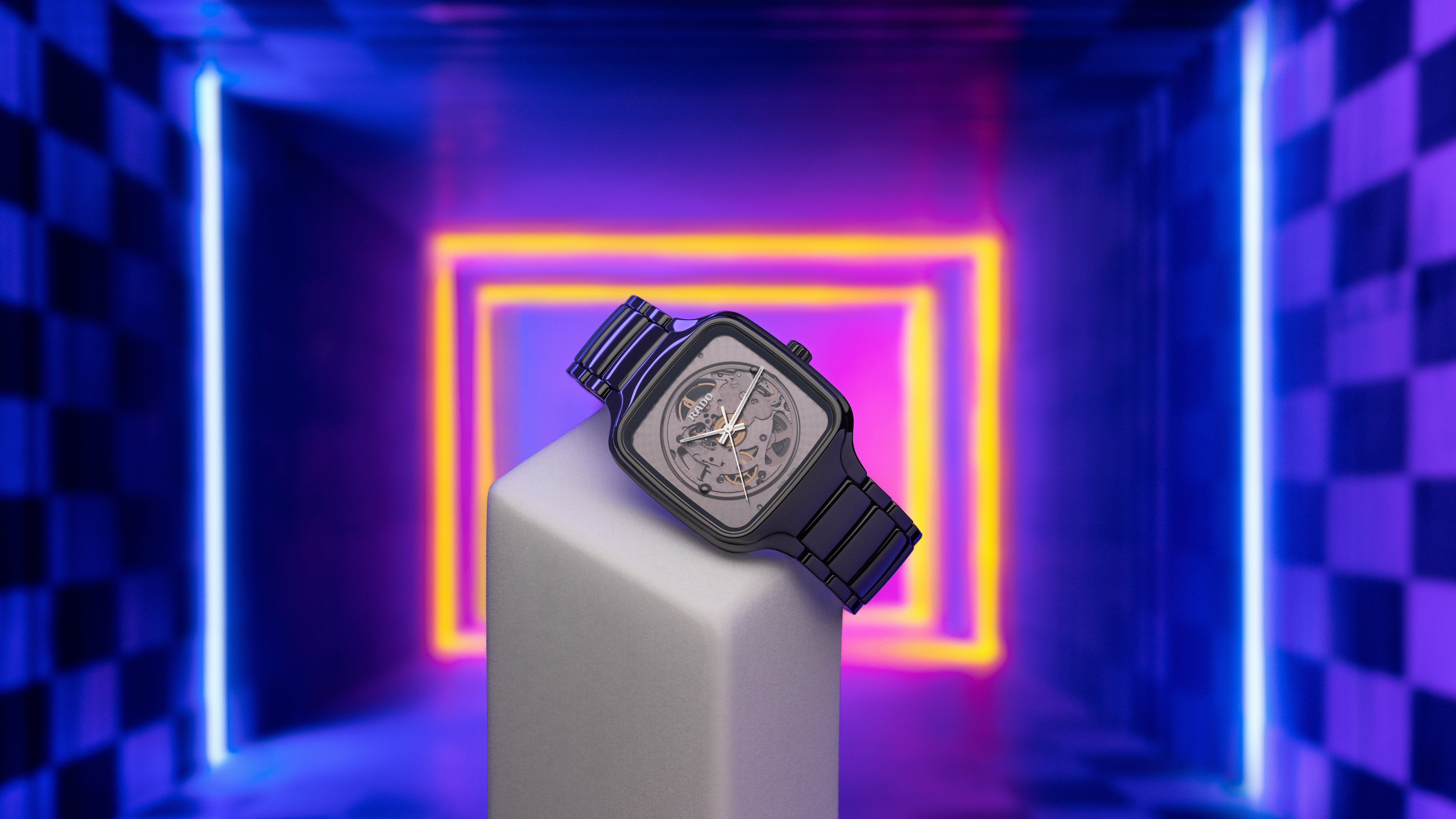 Why are the most memorable watch designers increasingly from outside the industry?
Why are the most memorable watch designers increasingly from outside the industry?Many of the most striking and influential watches of the 21st century have been designed by those outside of the industry’s mainstream. Is it only through the hiring of external designers that watch aesthetics really move on?
-
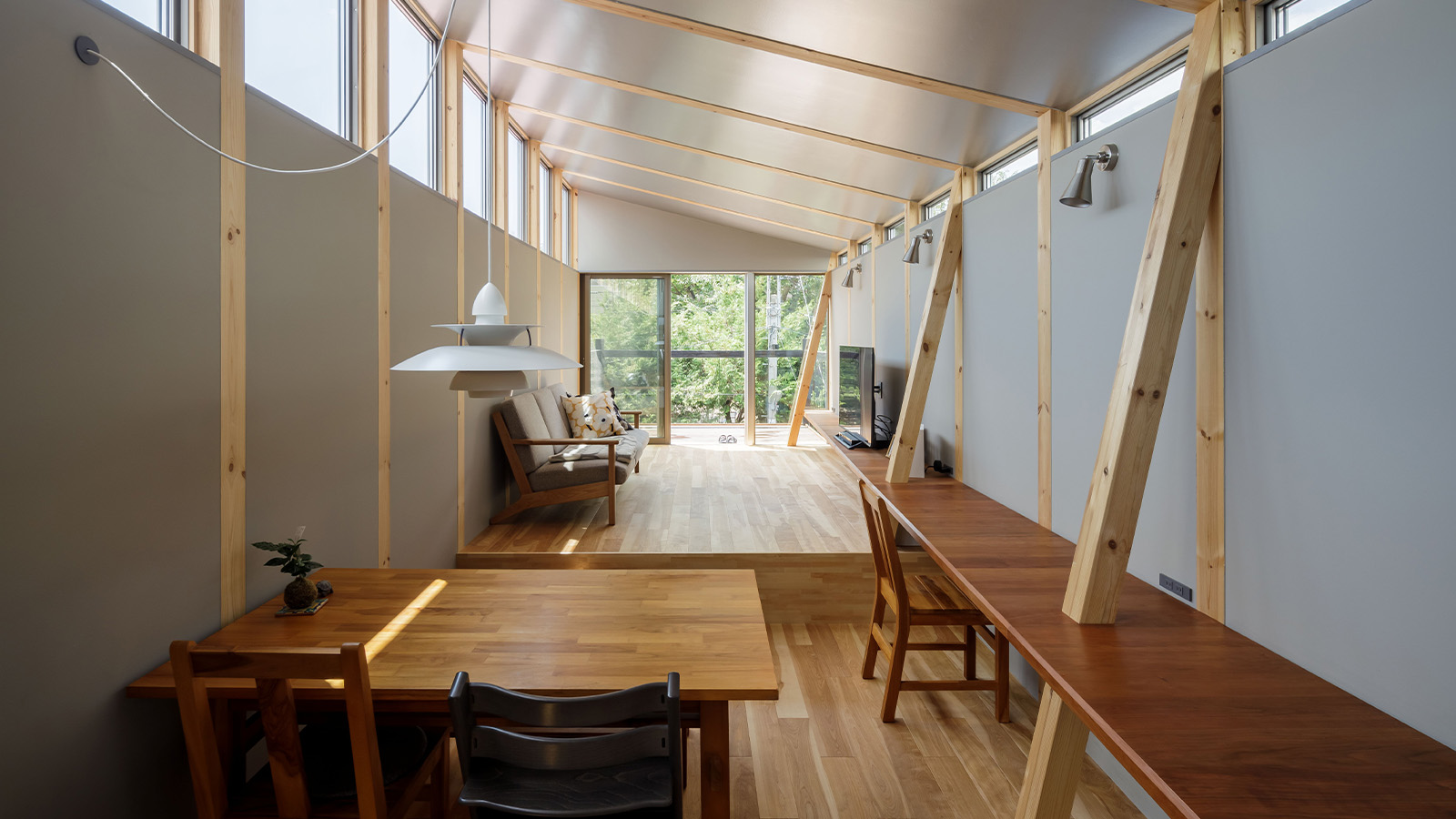 This Fukasawa house is a contemporary take on the traditional wooden architecture of Japan
This Fukasawa house is a contemporary take on the traditional wooden architecture of JapanDesigned by MIDW, a house nestled in the south-west Tokyo district features contrasting spaces united by the calming rhythm of structural timber beams
-
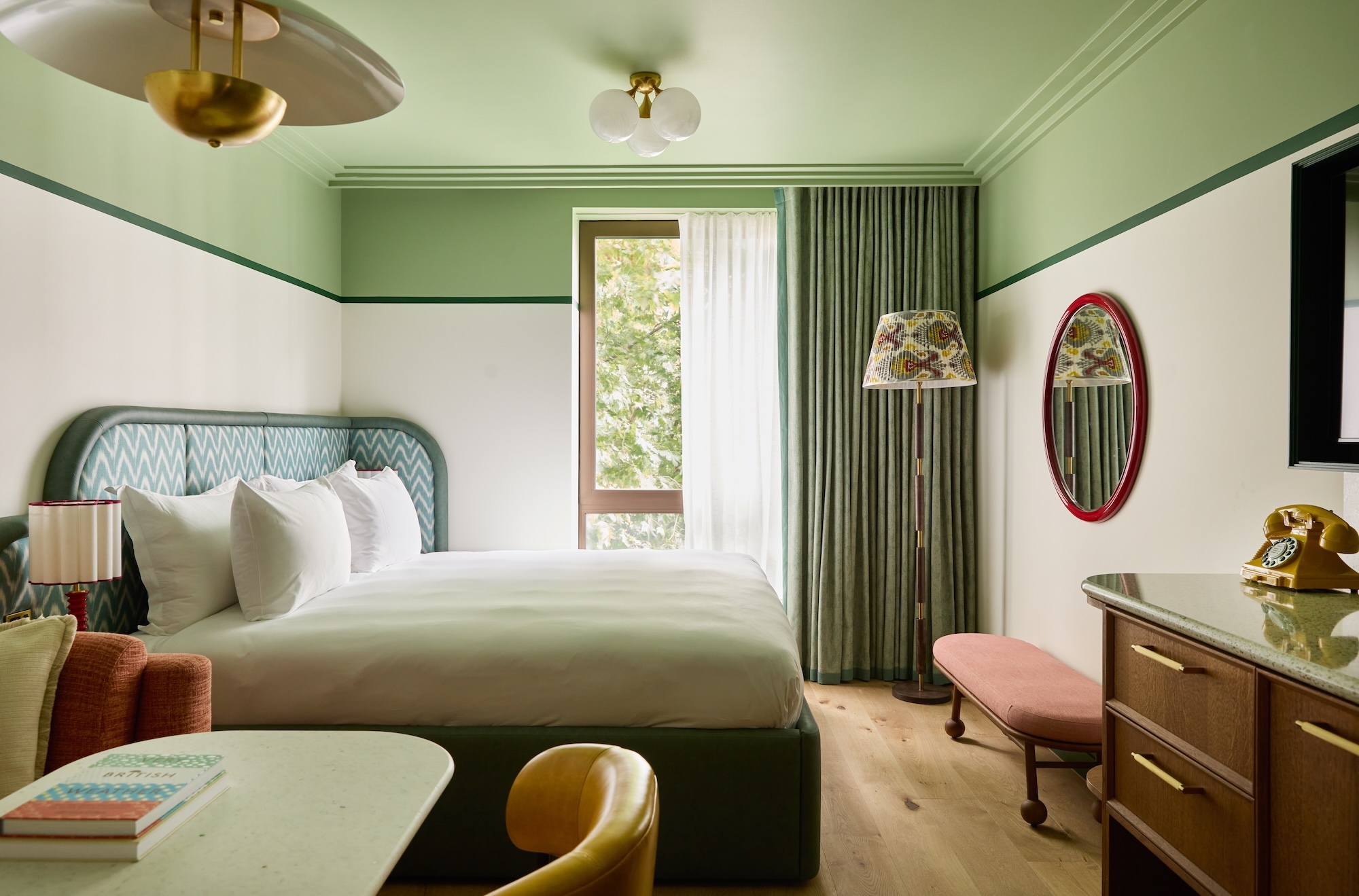 At last: a London hotel that’s great for groups and extended stays
At last: a London hotel that’s great for groups and extended staysThe July London Victoria, a new aparthotel concept just steps away from one of the city's busiest rail stations, is perfect for weekends and long-term visits alike
-
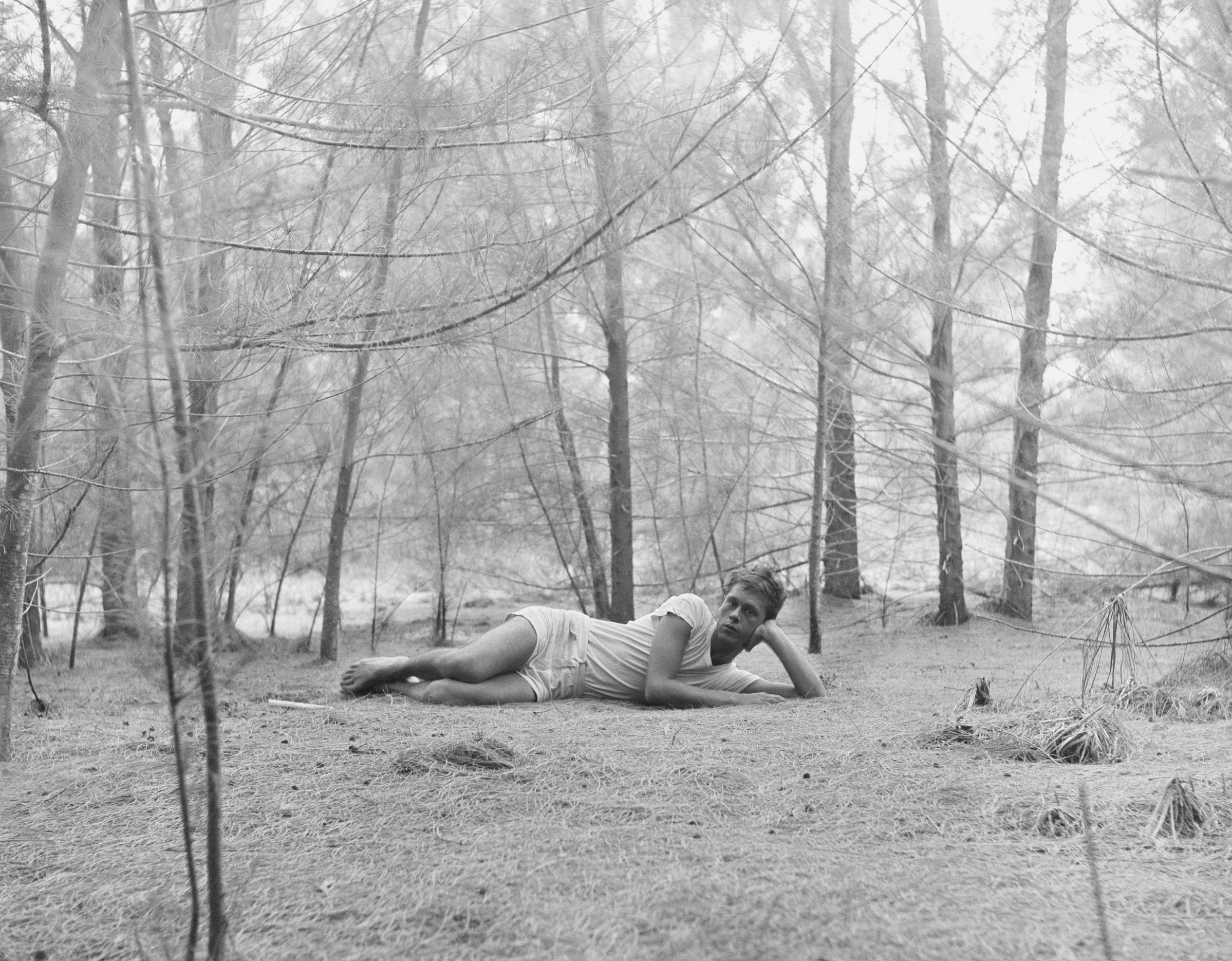 Inside the seductive and mischievous relationship between Paul Thek and Peter Hujar
Inside the seductive and mischievous relationship between Paul Thek and Peter HujarUntil now, little has been known about the deep friendship between artist Thek and photographer Hujar, something set to change with the release of their previously unpublished letters and photographs
-
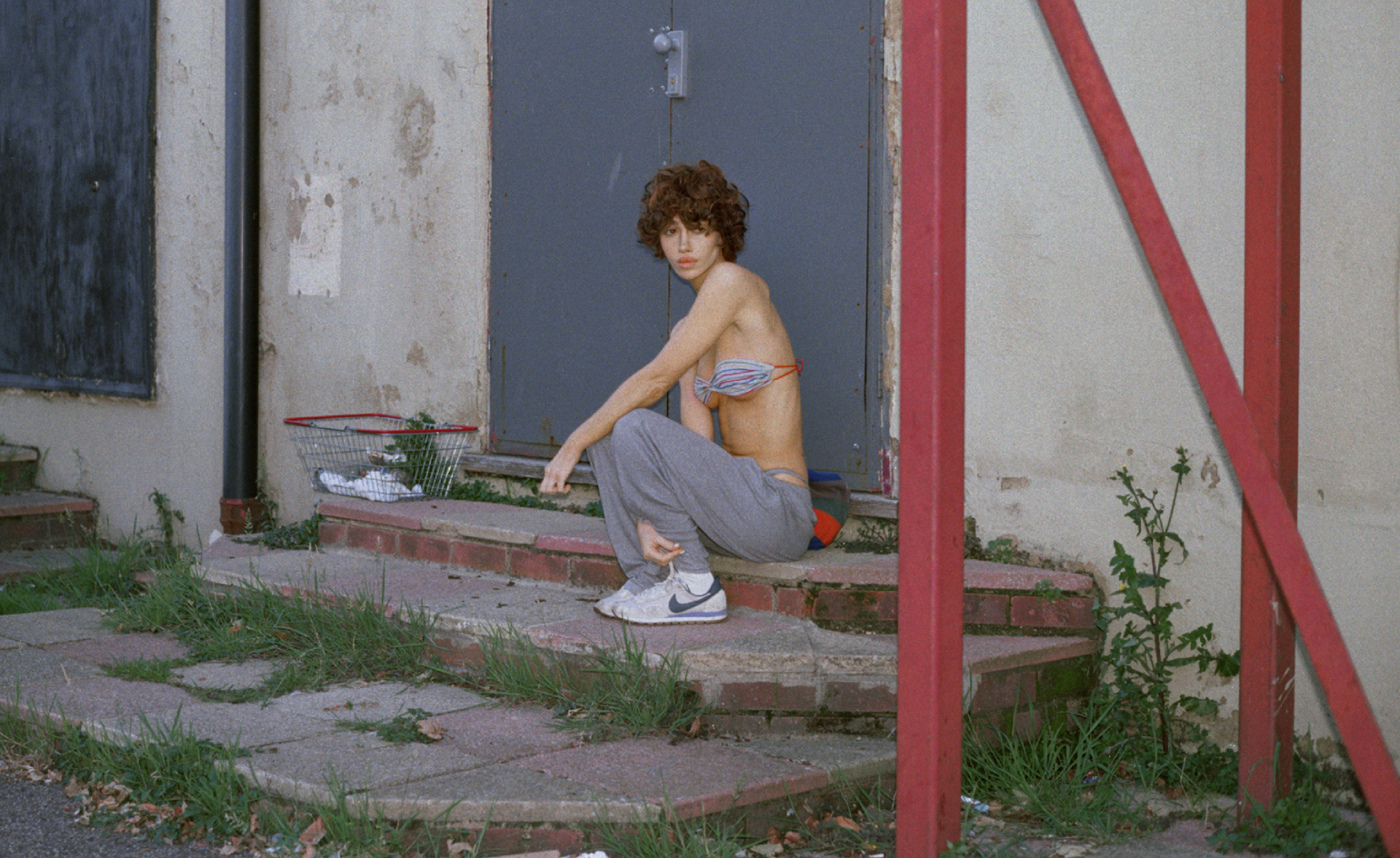 Nadia Lee Cohen distils a distant American memory into an unflinching new photo book
Nadia Lee Cohen distils a distant American memory into an unflinching new photo book‘Holy Ohio’ documents the British photographer and filmmaker’s personal journey as she reconnects with distant family and her earliest American memories
-
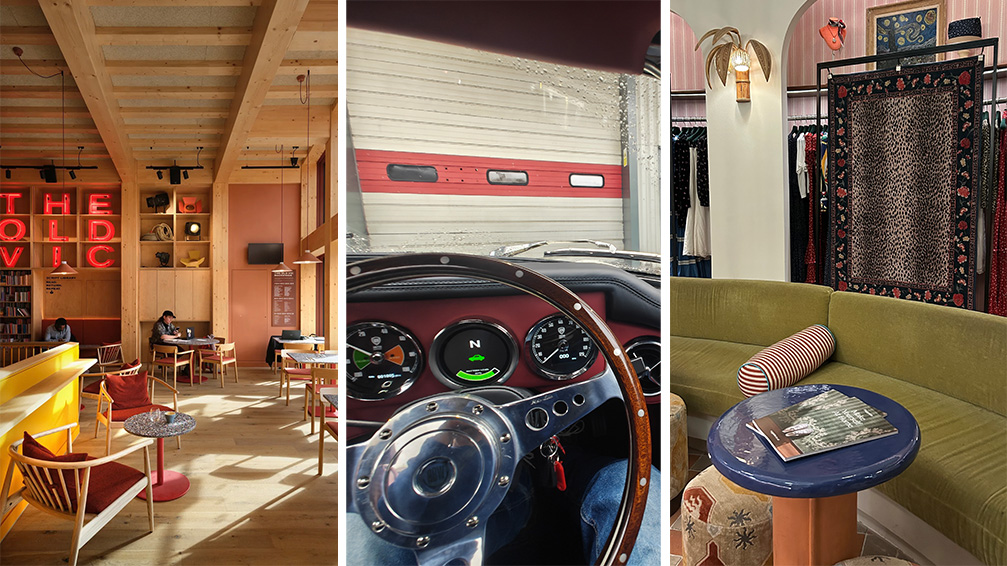 Out of office: The Wallpaper* editors’ picks of the week
Out of office: The Wallpaper* editors’ picks of the weekThe rain is falling, the nights are closing in, and it’s still a bit too early to get excited for Christmas, but this week, the Wallpaper* team brought warmth to the gloom with cosy interiors, good books, and a Hebridean dram
-
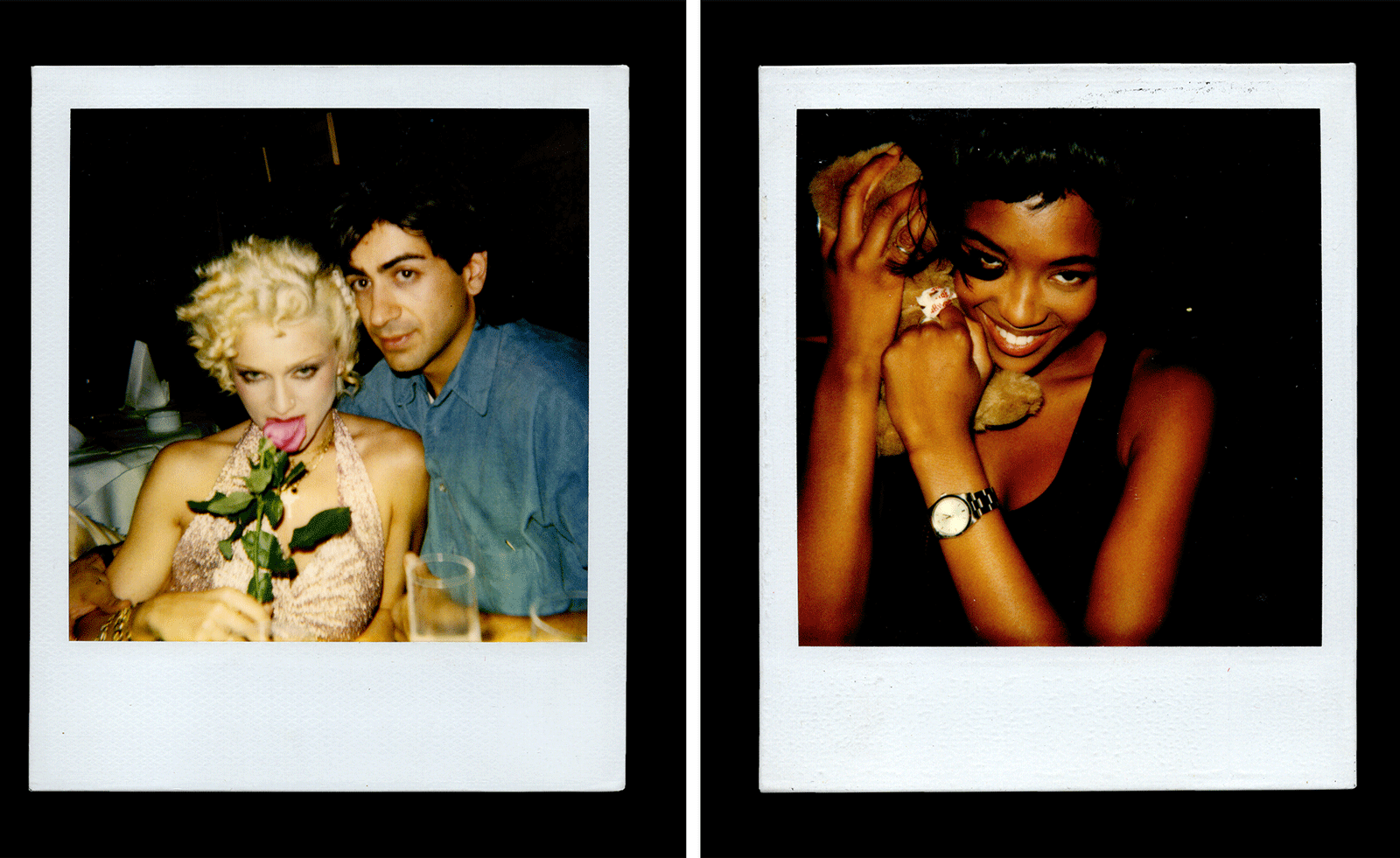 Inside Davé, Polaroids from a little-known Paris hotspot where the A-list played
Inside Davé, Polaroids from a little-known Paris hotspot where the A-list playedChinese restaurant Davé drew in A-list celebrities for three decades. What happened behind closed doors? A new book of Polaroids looks back
-
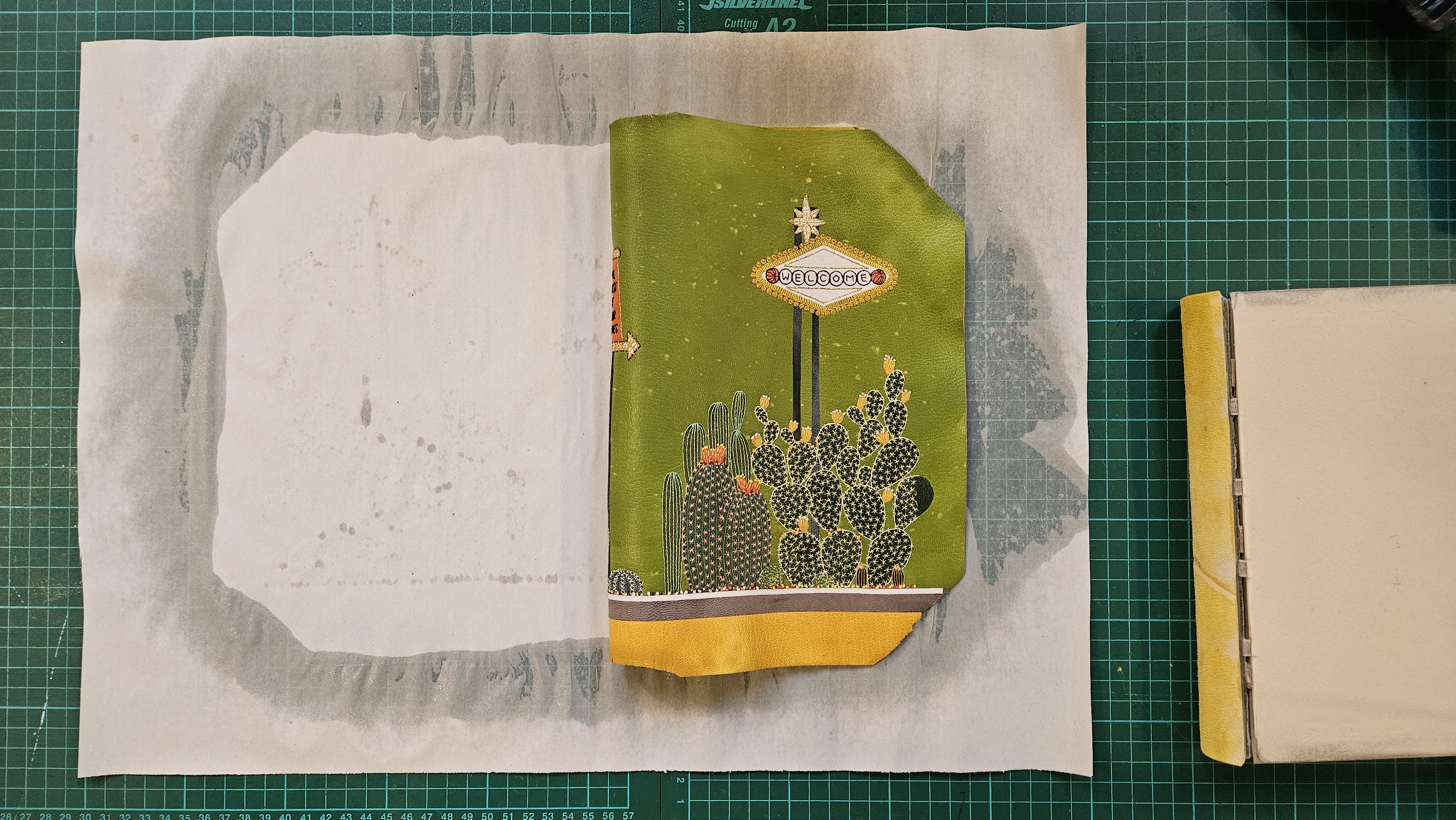 Inside the process of creating the one-of-a-kind book edition gifted to the Booker Prize shortlisted authors
Inside the process of creating the one-of-a-kind book edition gifted to the Booker Prize shortlisted authorsFor over 30 years each work on the Booker Prize shortlist are assigned an artisan bookbinder to produce a one-off edition for the author. We meet one of the artists behind this year’s creations
-
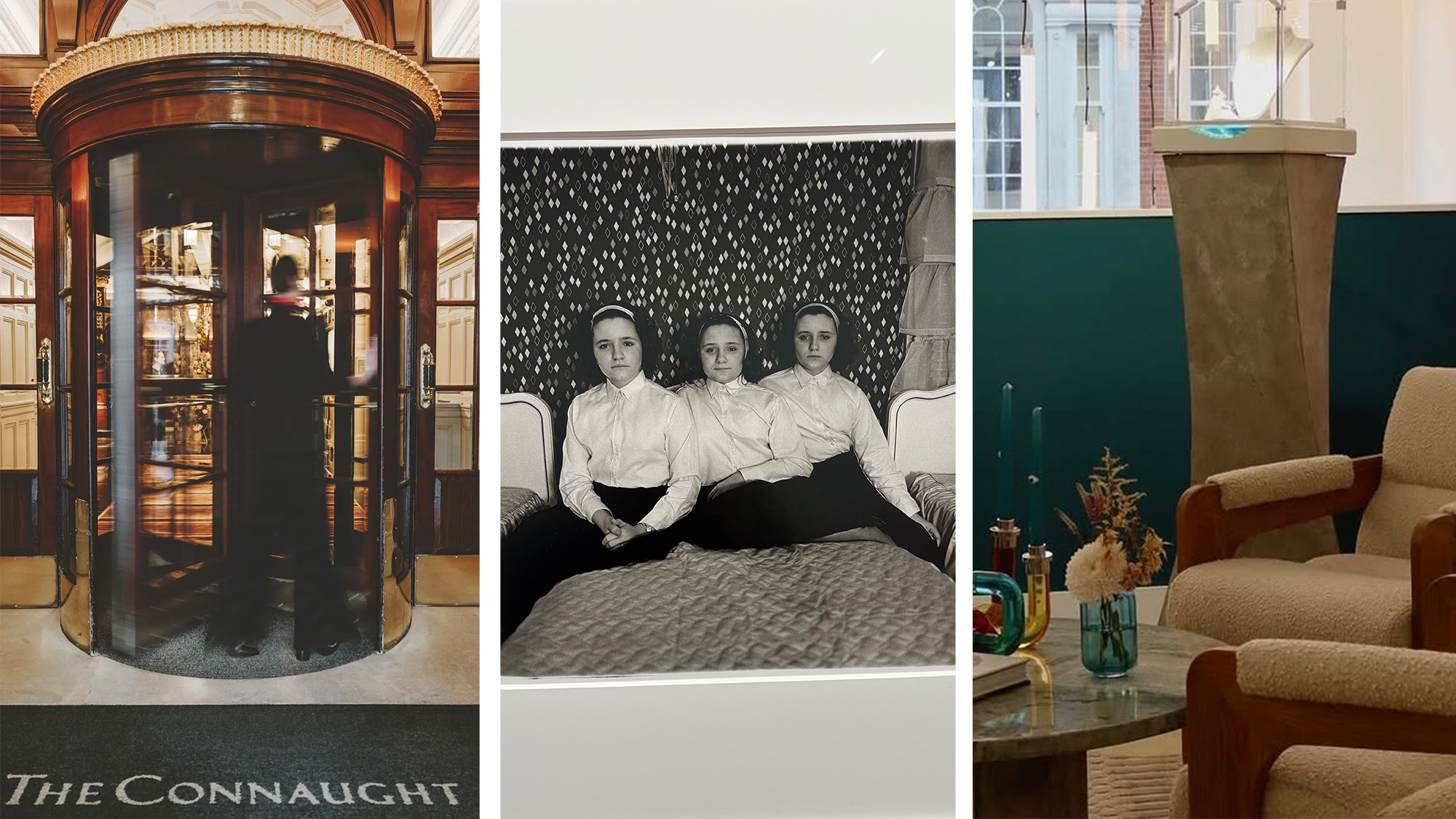 Out of office: The Wallpaper* editors’ picks of the week
Out of office: The Wallpaper* editors’ picks of the weekThis week, the Wallpaper* editors curated a diverse mix of experiences, from meeting diamond entrepreneurs and exploring perfume exhibitions to indulging in the the spectacle of a Middle Eastern Christmas
-
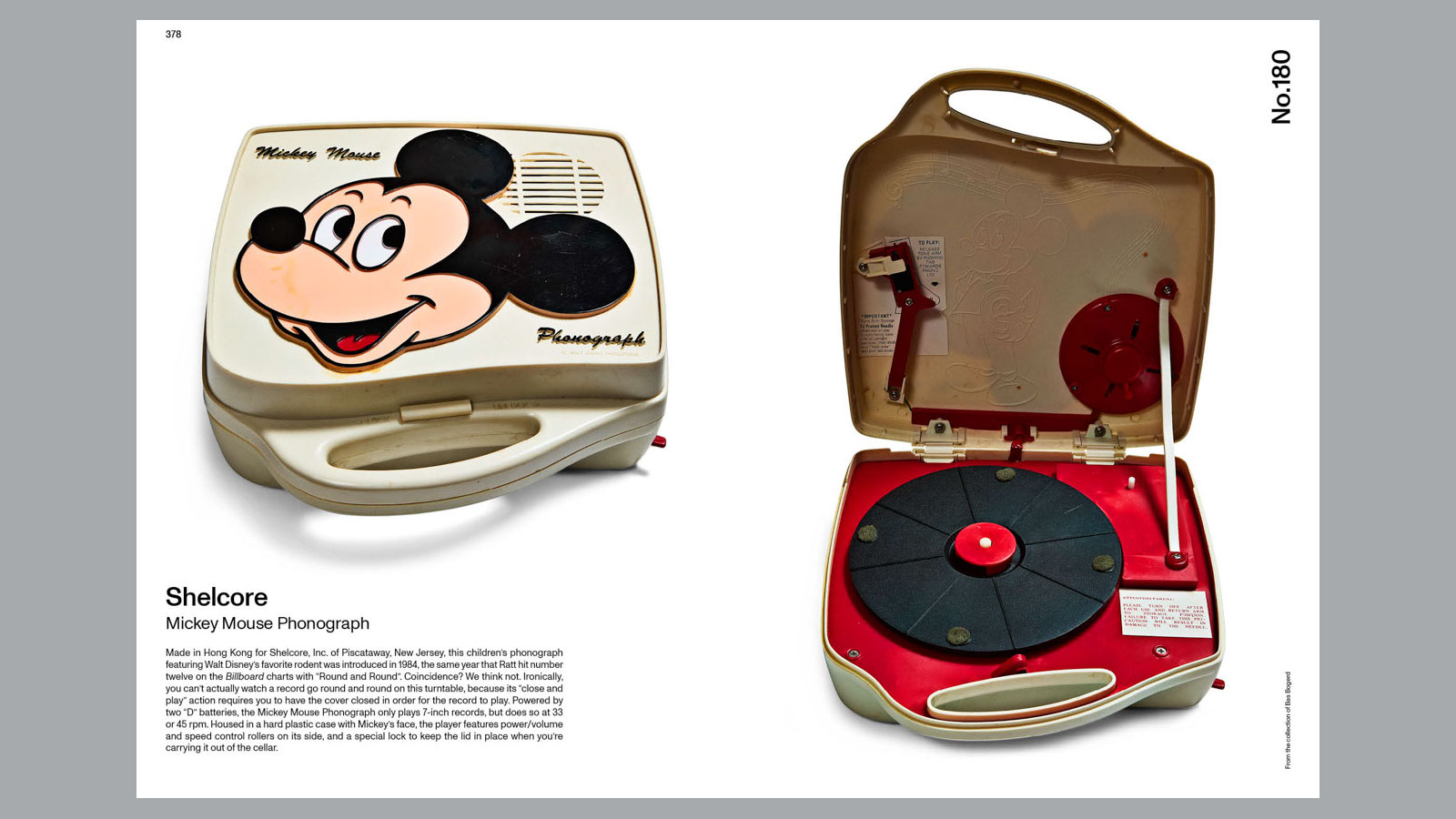 14 of the best new books for music buffs
14 of the best new books for music buffsFrom music-making tech to NME cover stars, portable turntables and the story behind industry legends – new books about the culture and craft of recorded sound
-
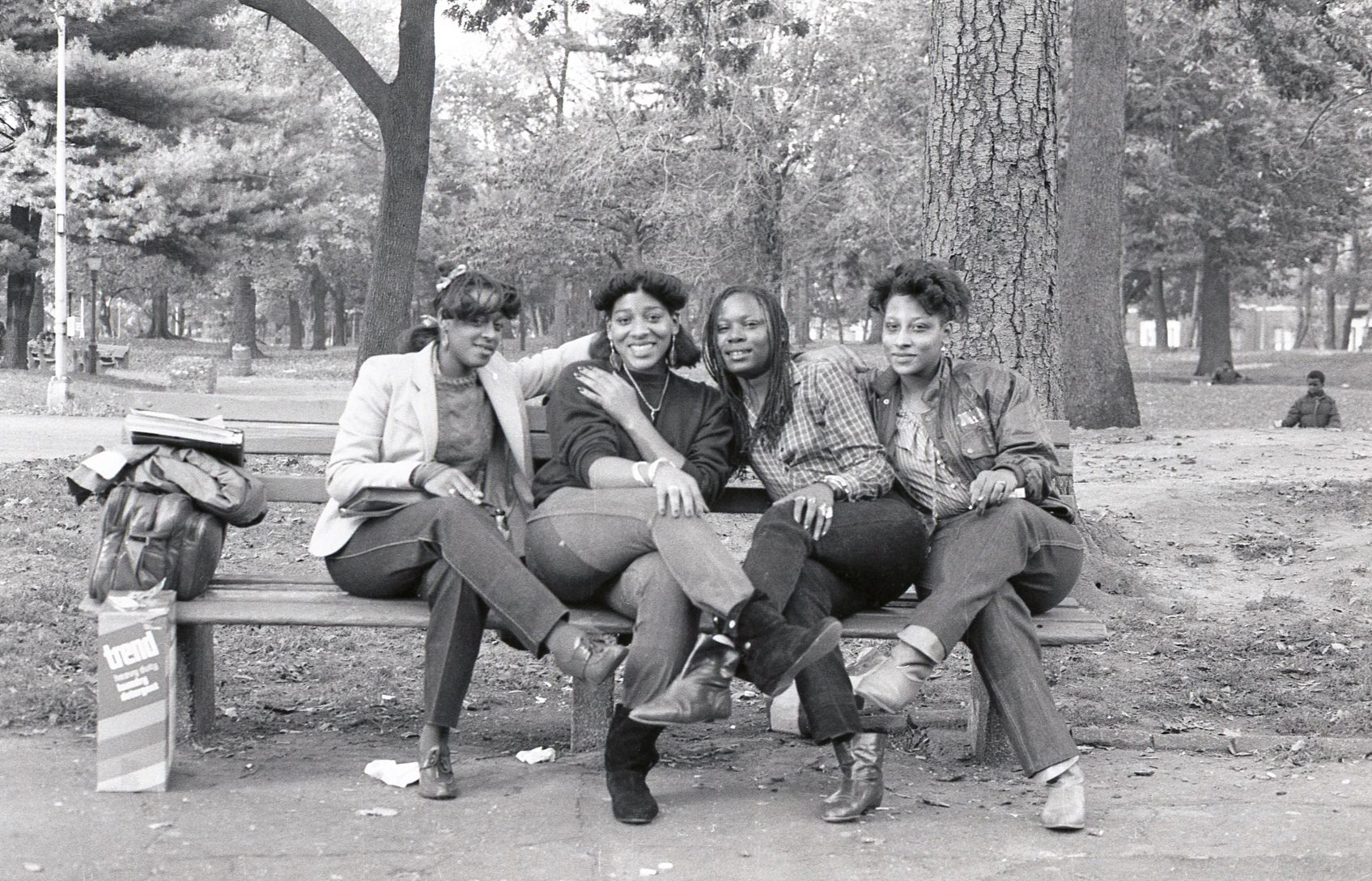 Jamel Shabazz’s photographs are a love letter to Prospect Park
Jamel Shabazz’s photographs are a love letter to Prospect ParkIn a new book, ‘Prospect Park: Photographs of a Brooklyn Oasis, 1980 to 2025’, Jamel Shabazz discovers a warmer side of human nature